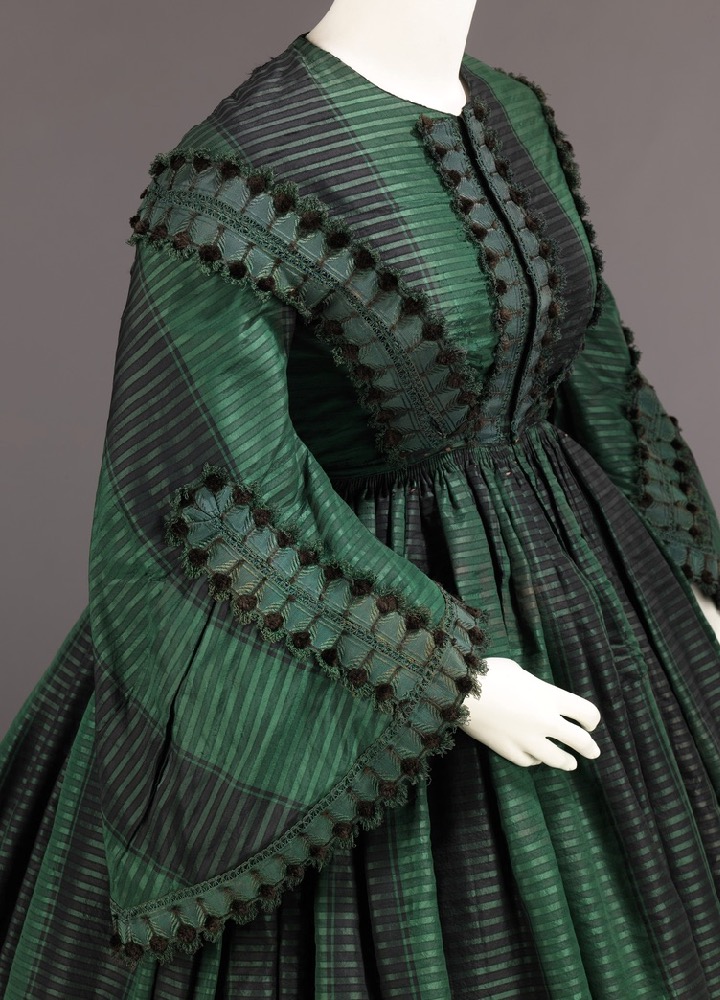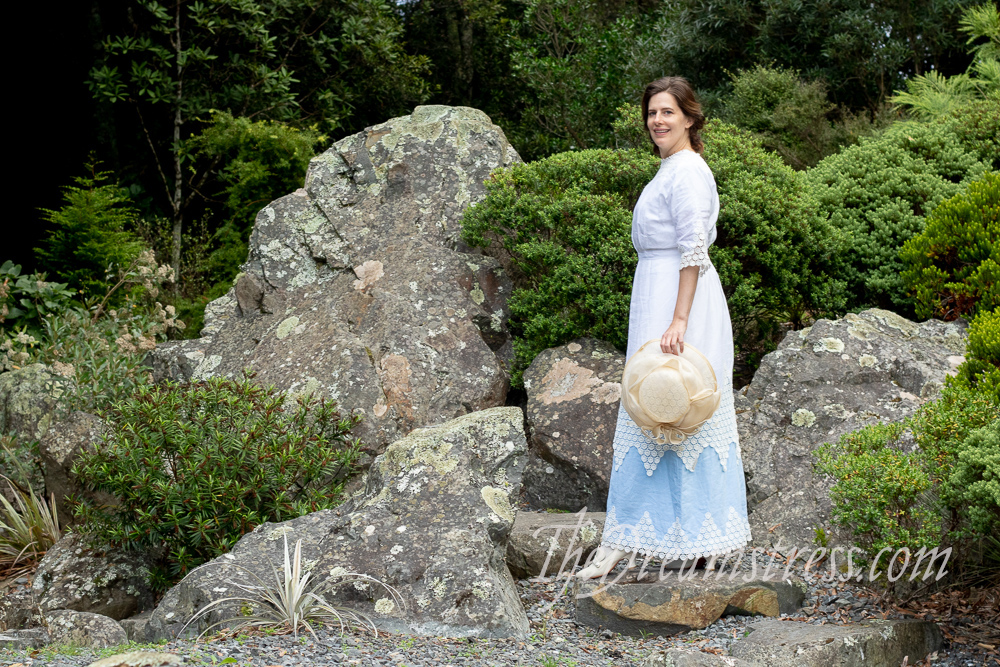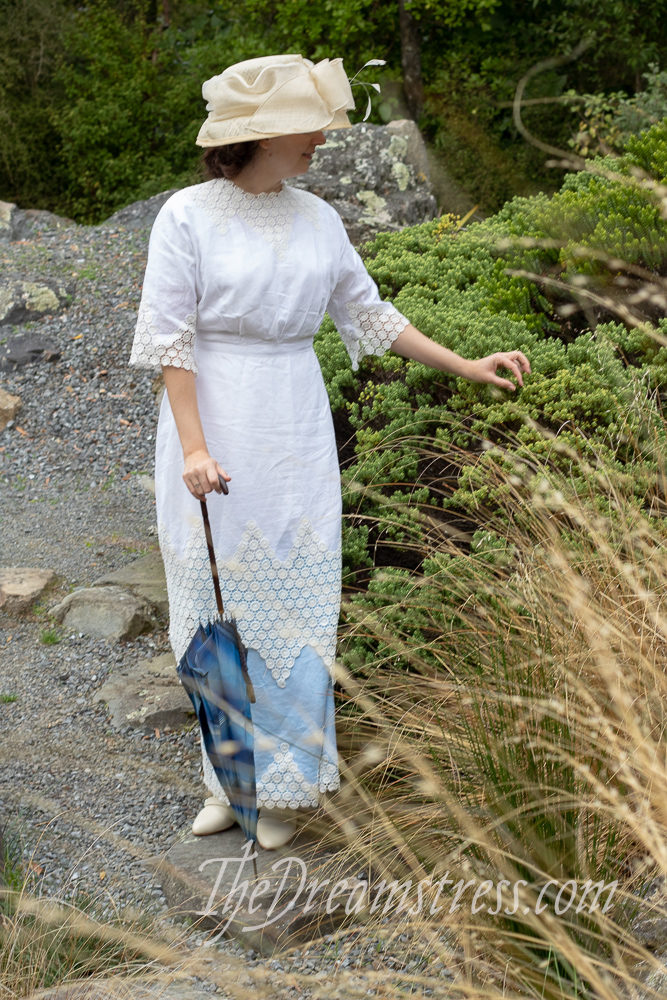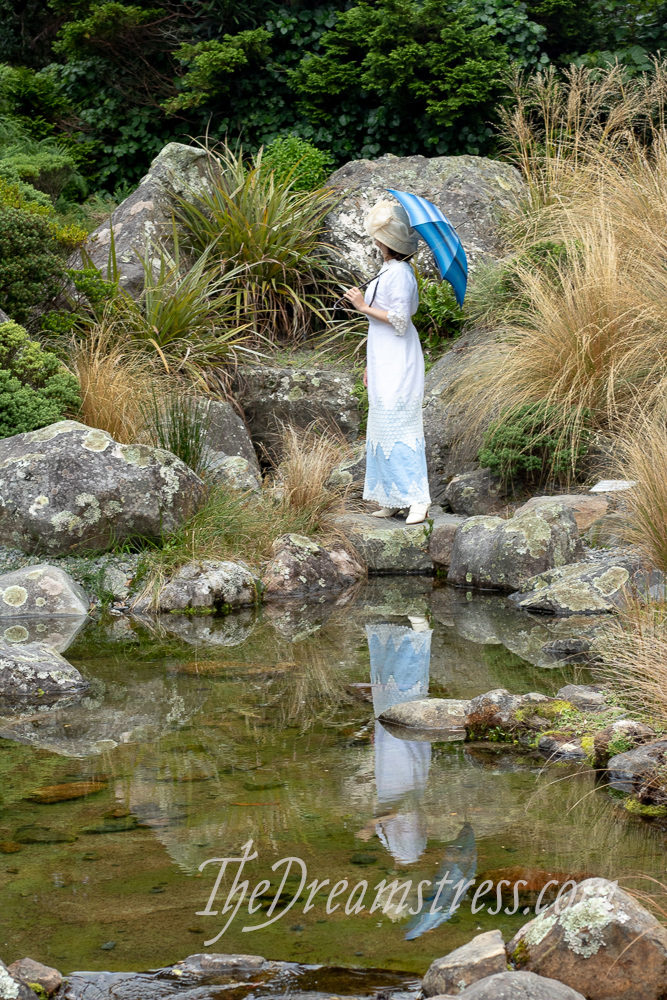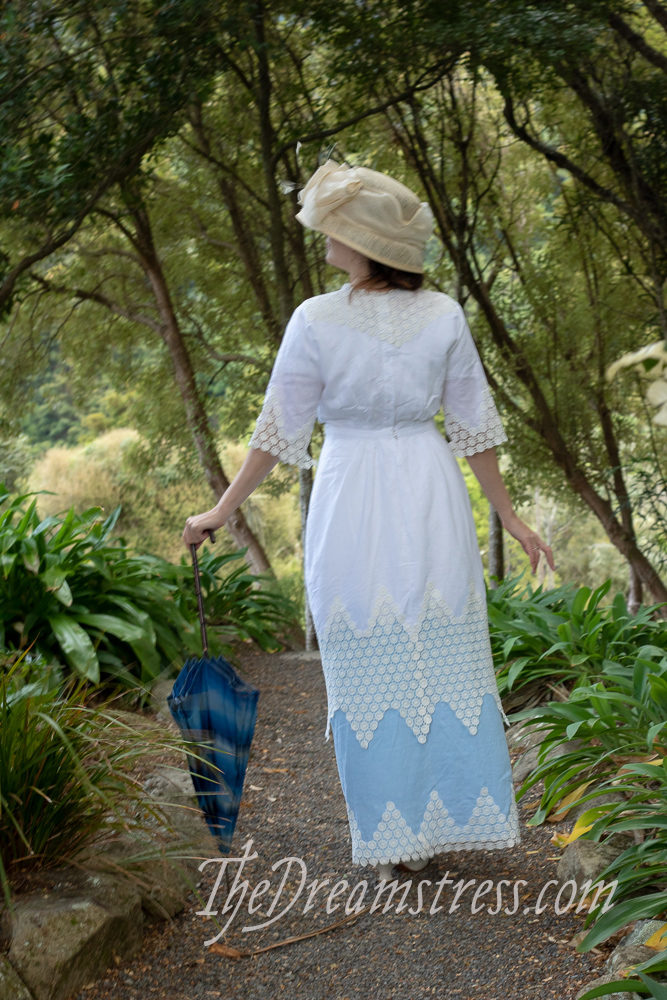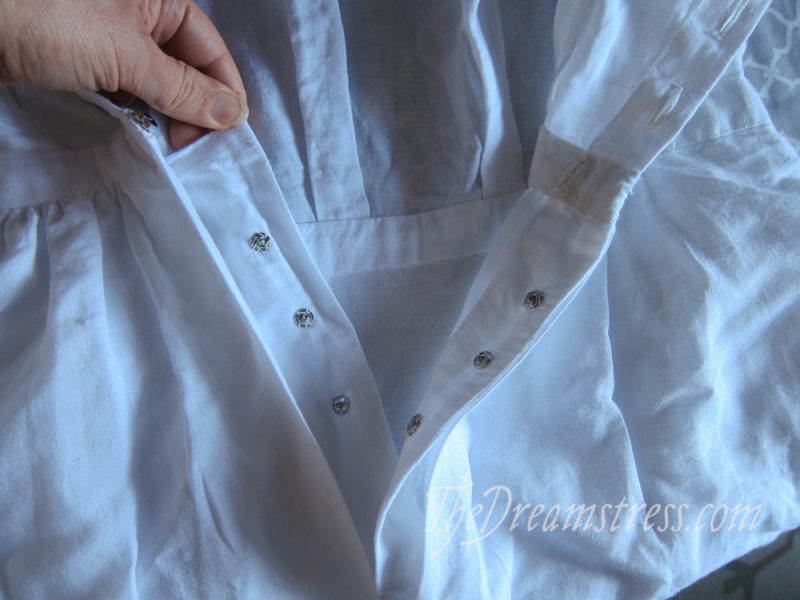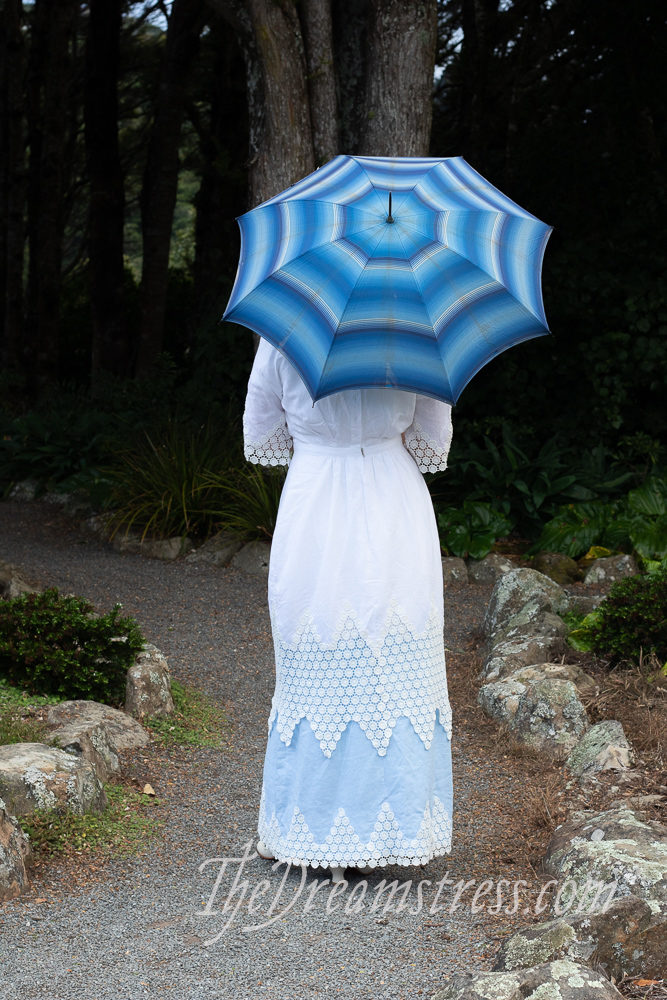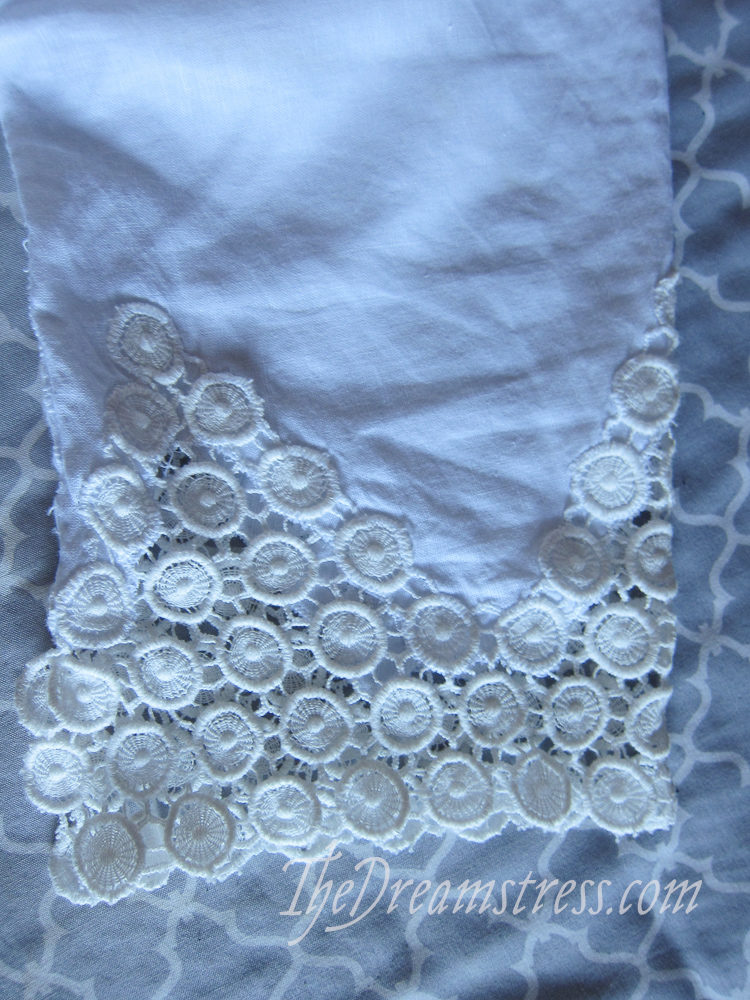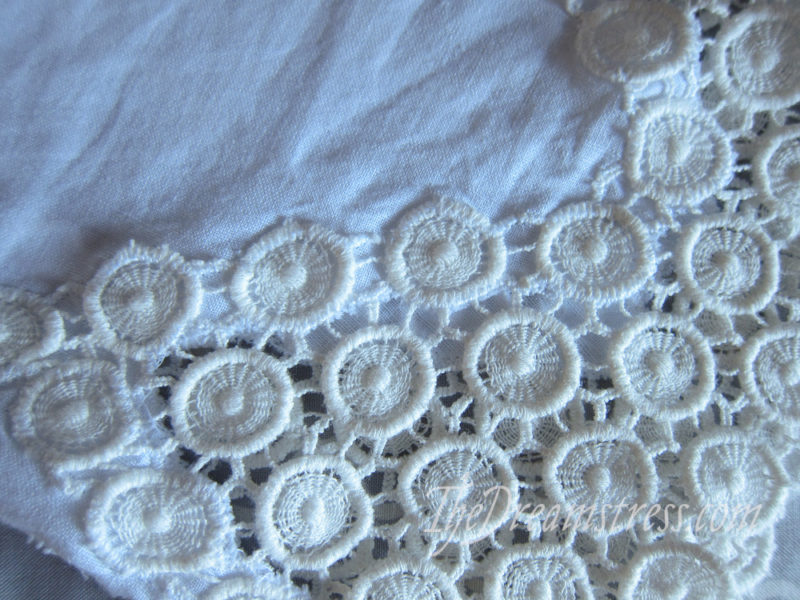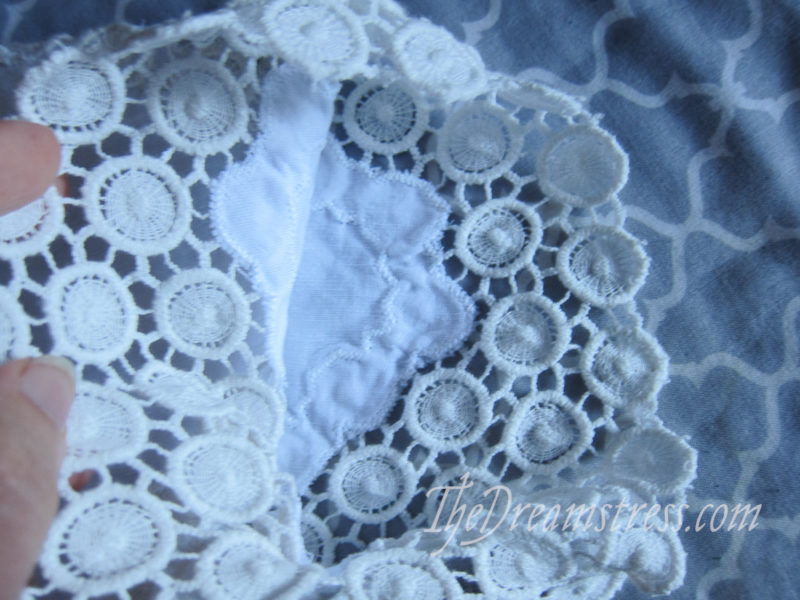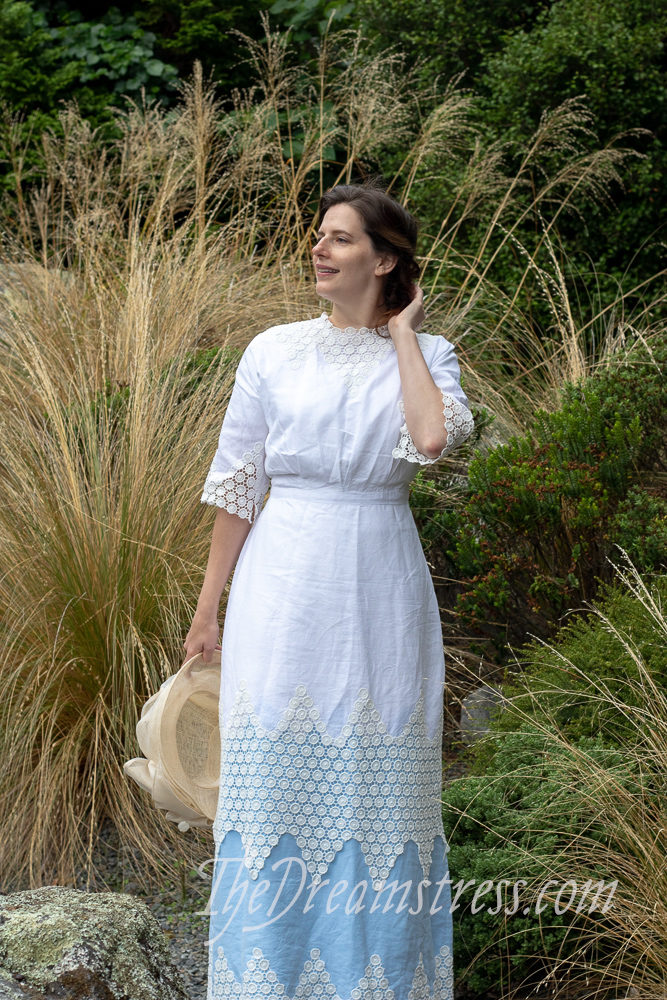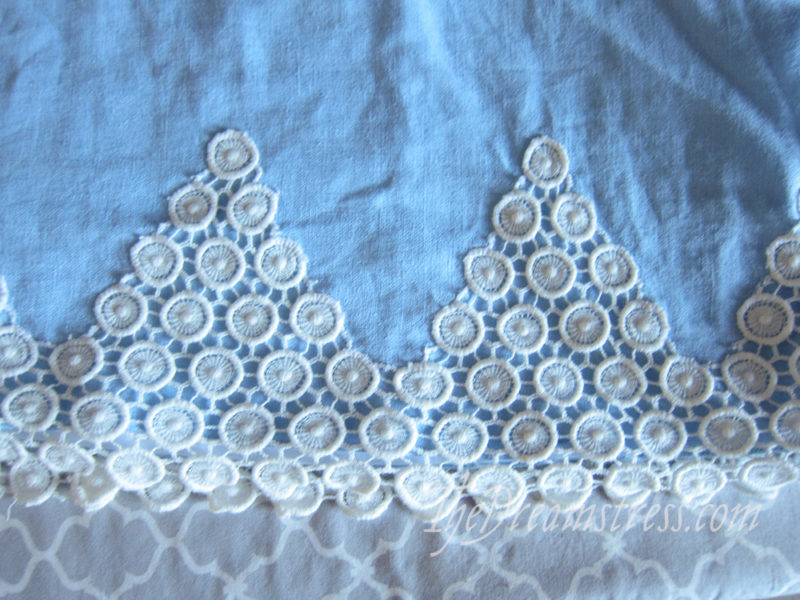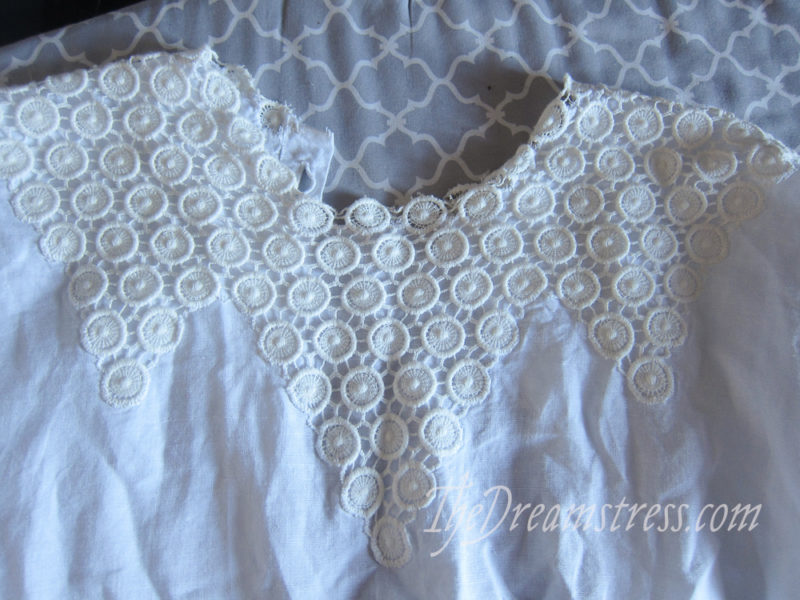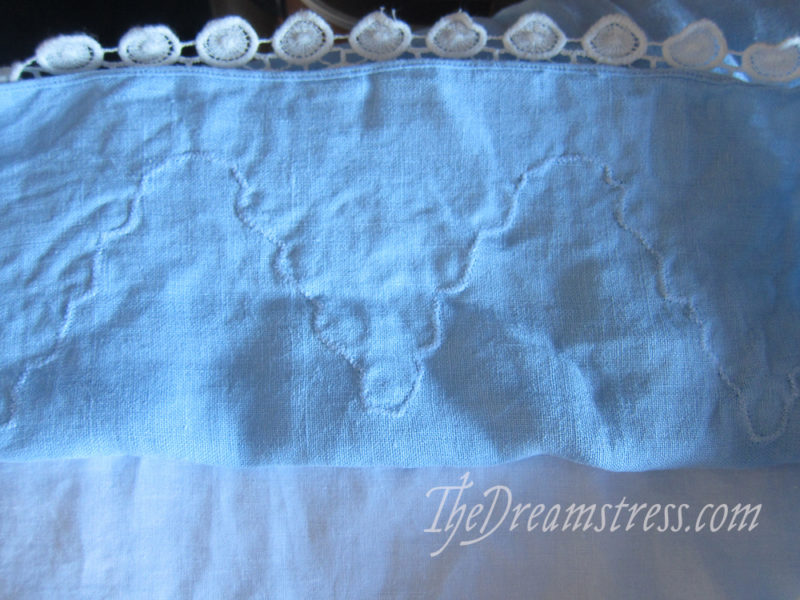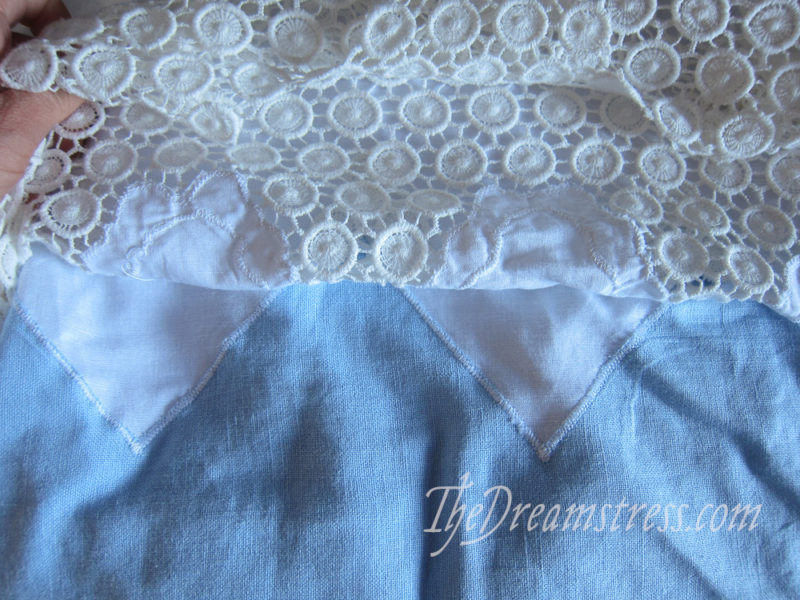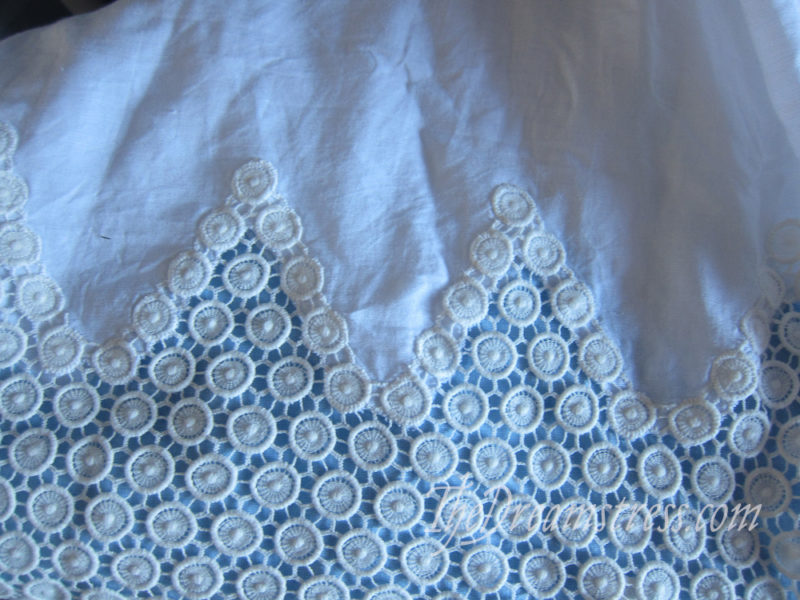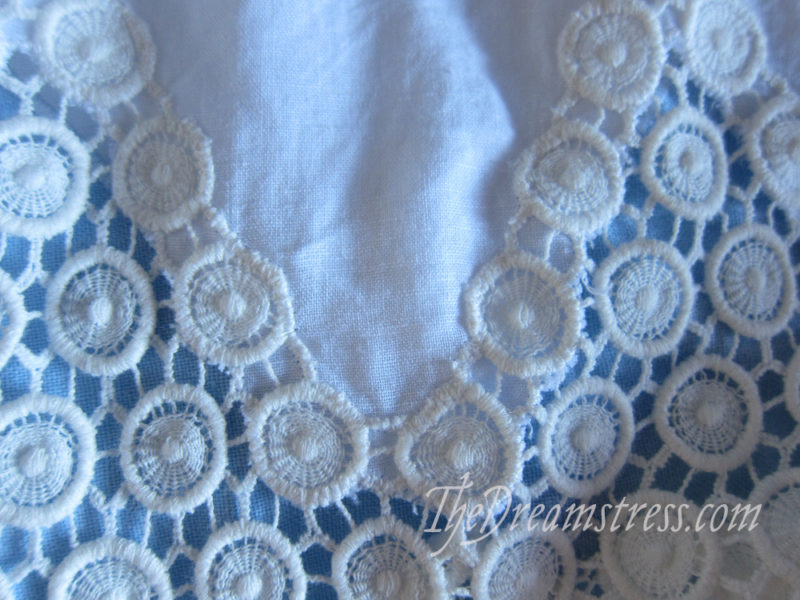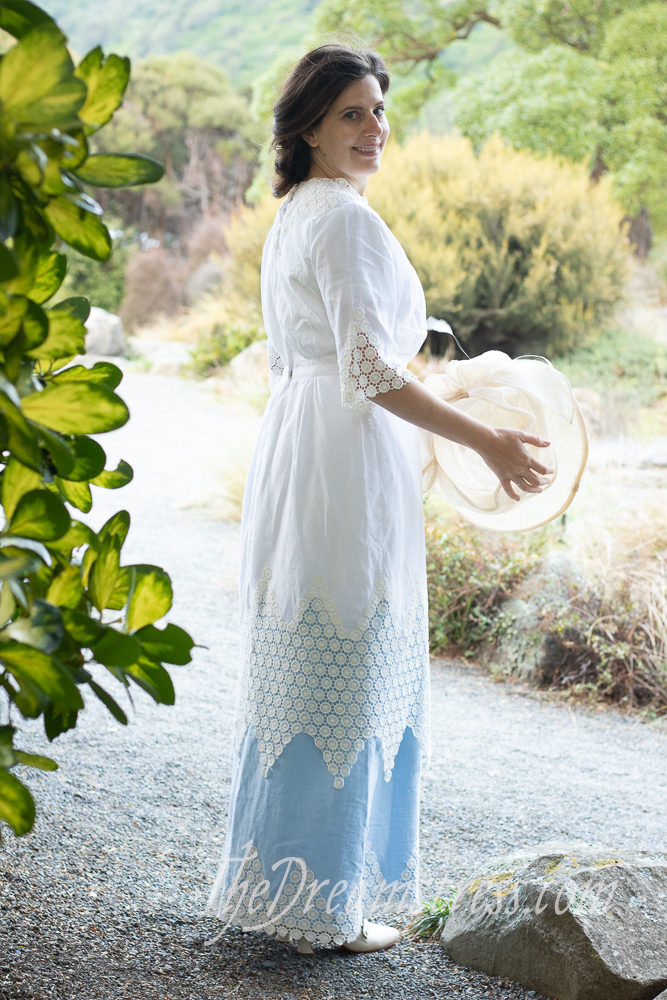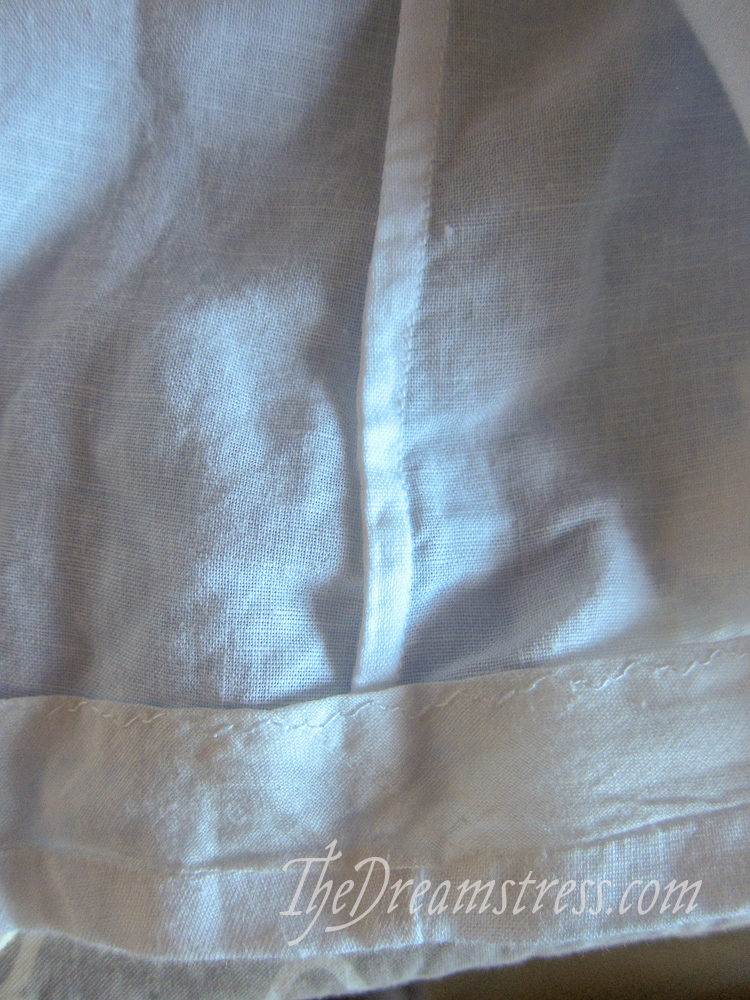Today’s Rate the Dress pick was chosen because it’s a garment that has fascinated me for years. There are so many mid-century gowns that museums claim were maternity dresses, where I really don’t see it. It’s just a wrapper, or a dress in a larger size, or… The Met doesn’t claim that this dress dress was a maternity dress, but gosh, that waistline is high…
Last week: an 1780s gown with an embroidered hem
Wow! I thought last week’s dress was very pretty indeed, but I didn’t expect the outpouring of adoration that it received! You loved every detail, from the not-quite symmetrical embroidery, to the vandyked bodice trim. You just wanted to see it fully styled, with fichu and bows.
The Total: 9.7
In Rate the Dress, anything about a 9.5 is as close to perfection as you can get!
This week: a very short-waisted ca. 1855 afternoon dress
The Met’s description of this afternoon dress is very simple and generic, and makes no mention of how unusually high the waist of this dress is. Was the wearer just very short waisted? Was it a personal preference for some reason? Or was this worn by a pregnant woman? Unless the Met has further provenance information, we’ll probably never know.

Even beyond the maybe-maternity-mystery, I think the dress is aesthetically interesting and well worth considering.

The layered horizontal and vertical stripes were a very fashionable fabric in the late 1840s and throughout the 1850s, reflecting improvements in the jacquard loom, and the Victorian love of all things plaid and plaid-adjacent.

The layered stripes give the fabric a shot effect, and the black stripes create the illusion of even more folds and fullness in the skirt. Note the wool hem tape running around the hem of the skirt, protecting the silk from touching the ground and becoming soiled and worn.

The stripes are cut in a diagonal across the sleeves, revealing the width of the pagoda sleeves, and the pleating and tucks used to shape them.

The dress is trimmed with perfectly coordinated black and green trim, with motifs which looks like peacock feathers up close:

The dress fastens up the front (another feature that would make it quite practical for a pregnant or nursing mother, though it’s definitely not a conclusive feature). In a choice that I suspect might be a bit controversial amongst you rater, the designer decided to have the stripe patterning continue across the front as it does across the width of the fabric, rather than being mirrored.

What do you think of this dress? Is it the perfect thing for a modish mid-century mother-to-be (or just a woman who likes a high waistline) to wear? Or is it a mystery and a miss?
Rate the Dress on a Scale of 1 to 10
A reminder about rating — feel free to be critical if you don’t like a thing, but make sure that your comments aren’t actually insulting to those who do like a garment. Phrase criticism as your opinion, rather than a flat fact. Our different tastes are what make Rate the Dress so interesting. It’s no fun when a comment implies that anyone who doesn’t agree with it, or who would wear a garment, is totally lacking in taste.
(as usual, nothing more complicated than a .5. I also hugely appreciate it if you only do one rating, and set it on a line at the very end of your comment, so I can find it! And 0 is not on a scale of 1 to 10. Thanks in advance!)

